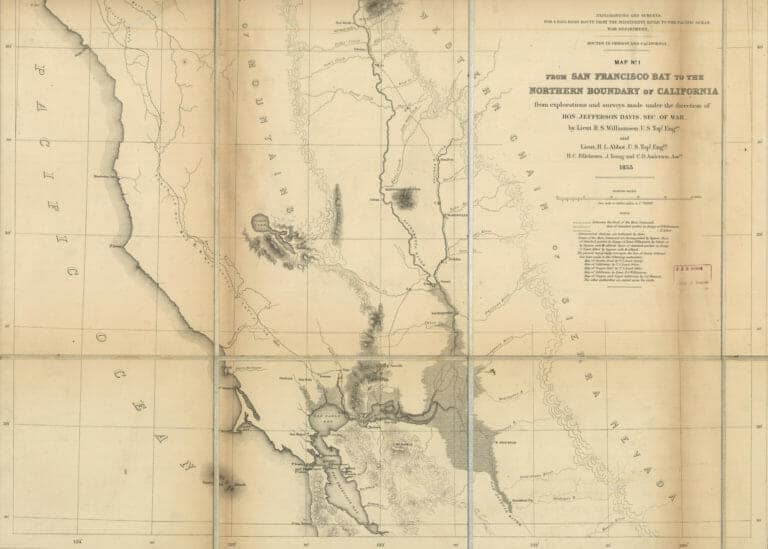by Richard L. Hindle
California is living with a legacy of swamplands. The consecutive Swamp Land Acts (1849, 1850, and 1860) were among the first federal water policies to reach newly minted western and southern states, designed ostensibly to encourage reclamation and settlement of wet and inundated areas. They are known today to have displaced indigenous cultures, retooled ecological systems, incentivized risky prospecting, and left California and large swaths of America with aging flood infrastructure projected to cost billions.
However flawed, the legacy (and trappings) of the Swamp Land Acts are worthy of further consideration as a vast environmental, cultural, and technical experiment that aimed to build extensive drainage and flood infrastructure throughout millions of acres on a shoestring budget. A silver lining to this fraught process is evident in the legacy of sociotechnical innovation inspired by the California Delta, providing a valuable precedent for environmental transformations in the face of sea level rise, liquefaction, ecological degradation, and other landscape-scale threats that challenge conventional responses due to their distributed and complex geographies.
Ambiguous Terminology Becomes Federal Policy
In the early American Colonies of the eastern seaboard the word “swamp” referred to a “woody tract in which there is considerable undergrowth” […]
Full article: California’s Legacy of Swamplands



